Rolling format clocks for less predictive positions and maintaining genre balance for more satisfied audiences matters in scheduling music for Top 40 radio stations.
Music scheduling for Contemporary Hit Radio (CHR) formats causes an interesting challenge: how to create enough variety despite a limited playlist? Consultant Robert Johansson likes to use various clock grids for better song rotations, and look at demographic clusters (not just main scores) in music research to create mass-appeal song sequences.
“THE KICK IS A GOOD FUNCTION”
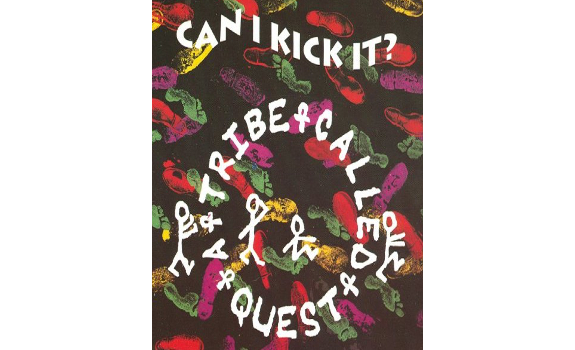
(Power current) song rotation patterns can improve by kicking one or more songs at midnight (image: JIVE Records)
CREATE FORMAT CLOCK VARIANTS
Having a small music playlist and still creating a good music flow seems like quite a challenge.
“The fact that you might spin the most-played song 140 times a week now is adding to that”, Johansson confirms. As rotations have increased, so we can’t apply the same scheduling rules as we did a few years ago, he prefers to use several different clocks for better music scheduling. “When you’re playing 5 ‘A songs’, you need to create variety in where they are positioned, and what kind of songs they’re surrounded with.” He likes the Rolling Clock feature (included in one of the bigger music scheduling programs) to create a lot of different clock variants in a heartbeat. For a particular station, he defined about 50 different format clocks for its daytime programming alone.
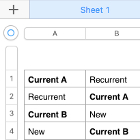 DESIGN FORMATS IN SPREADSHEETS
DESIGN FORMATS IN SPREADSHEETS
It’s important to keep an overview of all clocks, and practical to create them in a spreadsheet first. “So we know in which quarter hours we expose certain songs, how we are going to have a good flow from day to day, and whenever we’re going to use kicks.” Kicks are commands that tell your music scheduling software to drop a certain amount of songs at a certain time (like midnight) to achieve a better day-to-day rotation.
APPLY THE EVEN-ODD RULE
So if you play 1 song an hour from your ‘A’ list, you can now have 4 songs in this category — as you no longer necessarily need 5 or 7 songs to let them naturally rotate through different quarters, hours and dayparts?
“It’s better to have a number of songs that creates a natural flow, but the Kick is a good function that can help you. Because you don’t know if you really always have 5 songs that are going to fit in this high-rotation category.” Another client of Robert Johansson has different sets of format clocks to choose from, depending on how many songs are to be included in their power current category: 4 or 5. “Then don’t have to say: we must find 5 ‘A’ songs. If you just have 4 ‘A’ songs, it’s good to have a different set of clocks to switch to.” He adds that having two different clock grids (one for 4, and one for 5 ‘A’ songs) is sufficient.
“THERE IS NOT AS MUCH PASSION IN SONG NUMBER 7 AS IN NUMBER 1, 2 OR 3”
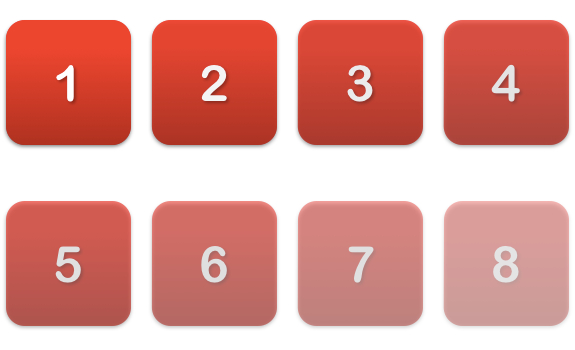
High-rotation (power current) music categories ideally exist of 4 or 5 best-testing songs (image: Thomas Giger)
ENSURE GOOD QUARTER-HOUR ROTATIONS
Why wouldn’t you make a third clock grid for say 6 ‘A’ songs?
“Whether you play 4 or 6 ‘A’ songs is huge difference. And if you’re going to play 6 songs in ‘A’ and play 3 each hour, you’ll end up in a rotation pattern where songs tend to play in the same quarter hour. But if you play 4 ‘A’ songs each hour, like 1 every 15 minutes, and you have 5 songs in that category, songs usually do not appear in the same quarter hour.” Johansson likes to create rotation patterns that schedule songs in as many different quarters within an hour as possible before they return to the same quarter hour slot.
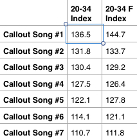 USE PASSION AS CRITERIUM
USE PASSION AS CRITERIUM
What do you think of playing 7 songs in ‘A’ when you play 4 of them an hour? Or is that too much to create a feeling of passion?
“Whenever I see callout results, the index scores usually drop off after 5 songs. Sometimes it’s 4, sometimes 5 or possibly 6. Usually, if you have 7 songs, there is not as much passion in song number 7 as in number 1, 2 or 3 coming out of your callout research.”
OPTIMIZE YOUR ‘A’ LIST
In his opinion, it matters what kind of rotation you’re using for your power currents (‘A’ list songs). For example, having 7 hit songs in ‘A’ and playing 2 each hour (rotation of 3.5 hours) or 3 each hour (rotation of about 2.5 hours) is okay. “But if you end up playing ‘A’ songs around 1.5 hour in separation, then I would not play as many as 7 in that rotation.” Robert Johansson advises to limit music categories of songs with a high exposure (like 140 spins a week) to 4 or 5 songs. (It will ensure that every ‘A’ list song really is a power current — a current hit for which your target listeners are feeling a strong passion.)
NOW 105 IN NORFOLK: 142 SPINS

This American Top 40 station played Justin Bieber’s Love Yourself every 71 minutes (image: Def Jam Recordings)
TAILOR CLOCKS FOR MORNINGS
Coming back to the mentioned 50 format clock variants, how do you go about implementing those?
Johansson explains that some of these format clocks are specifically designed for certain dayparts. For example, a station could use 7 clocks per 6-hour daypart, and rotate them through this daypart. If a certain clock plays in the ‘noon hour’ on Monday, it plays again in the ‘1 PM hour’ on Tuesday. It’s common to use a dedicated set of hot clocks for morning shows (as they feature more talk breaks compared to middays). Some programmers use alternate clock grids for afternoons, evenings and weekends, too. “A station could have a more uptempo or more current feeling during evenings as compared to daytime. It depends on what the station wants to achieve, but it’s common to feature more new music in the afternoon than in midday.”
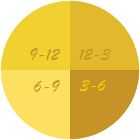 KEEP PRIME-TIME PLAYLISTS FAMILIAR
KEEP PRIME-TIME PLAYLISTS FAMILIAR
A radio station’s overall music format and playlist balance should be reflected in every program clock, although some categories can be dayparted, like those for brand-new music. Many stationsdon’t play unfamiliar new releases in morning drive, and add new music slots to late afternoon, evening, night & overnight clocks. This ensures a familiar-based music output during ratings-driving morning show and 9-5 office work hours.
STAY WITHIN REASONABLE ROTATIONS
Robert Johansson notes that when he started in radio 20 years ago, a rotation of 50 plays a week (every 3 hours and 20 minutes) was considered to be a lot. Just a few years ago, 100 spins a week (every 1 hour and 40 minutes) was still exceptional for power currents. Boy, have things changed! Mediabase airplay data from January 26 till February 1, 2016 reveal that format icons KIIS-FM Los Angeles and Z100 New York play ‘A list’ songs around 110 to 120 times a week(every 1 hour and 25 to 30 minutes, thus appearing in every sixth quarter hour on average). Another iHeartRadio Top 40 outlet, Now 105 in Norfolk, holds the rotation record for that week with 142 spins for Justin Bieber’s Love Yourself, therefore repeating it once every 1 hour and 11 minutes (thus in every fifth quarter hour) on average.
“THE BEST-TESTING SONG MIGHT NOT ALWAYS BE THE BEST ONE FOR YOUR STATION”
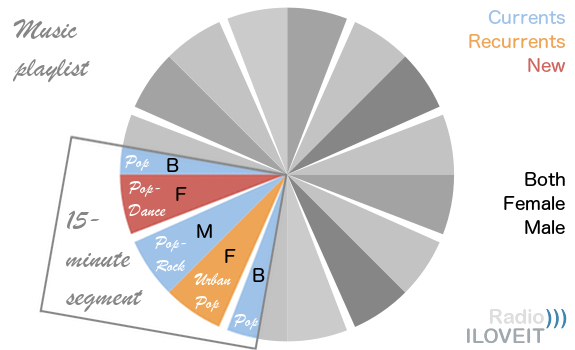
Your music flow should include enough variety to stay interesting for every target segment
BALANCE YOUR MUSIC FLOW
Music directors want to expose ‘passion’ songs, but they might want to avoid ‘burn’ increase. So where do we find an equilibrium of satisfying listeners without irritating them?
“When you look into music research, you can really see how different people think about songs sometime. There is a huge diversity in music taste. It’s a lot about deciding: who is your target; who are you playing the music for?” Johansson advises to create a balanced song sequence to keep every segment of your target audience tuned in, which goes for CHR / Top 40 as well as any format for that matter. “If you play one song which is just for a part of your target, it’s okay, but if you play two of those songs back to back, which is not good, people are out. See how different clusters rate the songs. Not just look at the main score, but also at which part of the audience is driving the score. So the best-testing song might not always be the best one for your station in this regard.”




